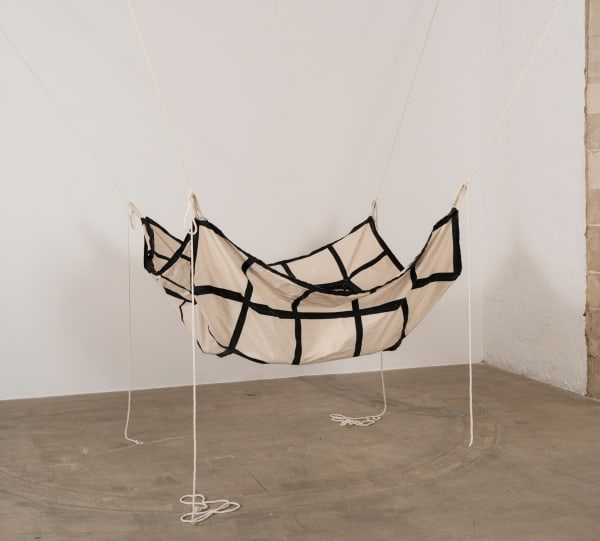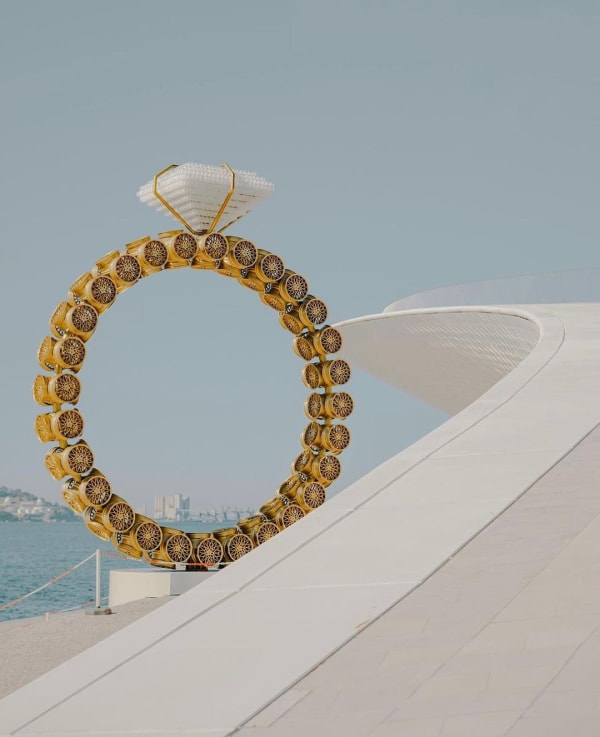Represented artists
-

Rasheed Araeen
-

Daniel Arsham
-

assume vivid astro focus
-

Artur Barrio
-

Lygia Clark
-

Elias Crespin
-

Lourival Cuquinha
-

Jirí Georg Dokoupil
-

Felipe Ehrenberg
-

Eugenio Espinoza
-

mounir fatmi
-

Sidival Fila
-

Gary Hill
-

Eduardo Kac
-

David Medalla
-

Bruno Novelli
-

Erwin Olaf
-

Oscar Abraham Pabón
-

Violeta Quispe
-

Pablo Reinoso
-

Fernando Renes
-

Ayako Rokkaku
-

Abdus Salaam
-

Amparo Sard
-

Citra Sasmita
-

José María Sicilia
-

Pablo Siquier
-

Tiago Tebet
-

Joana Vasconcelos
-

Massimo Vitali





























